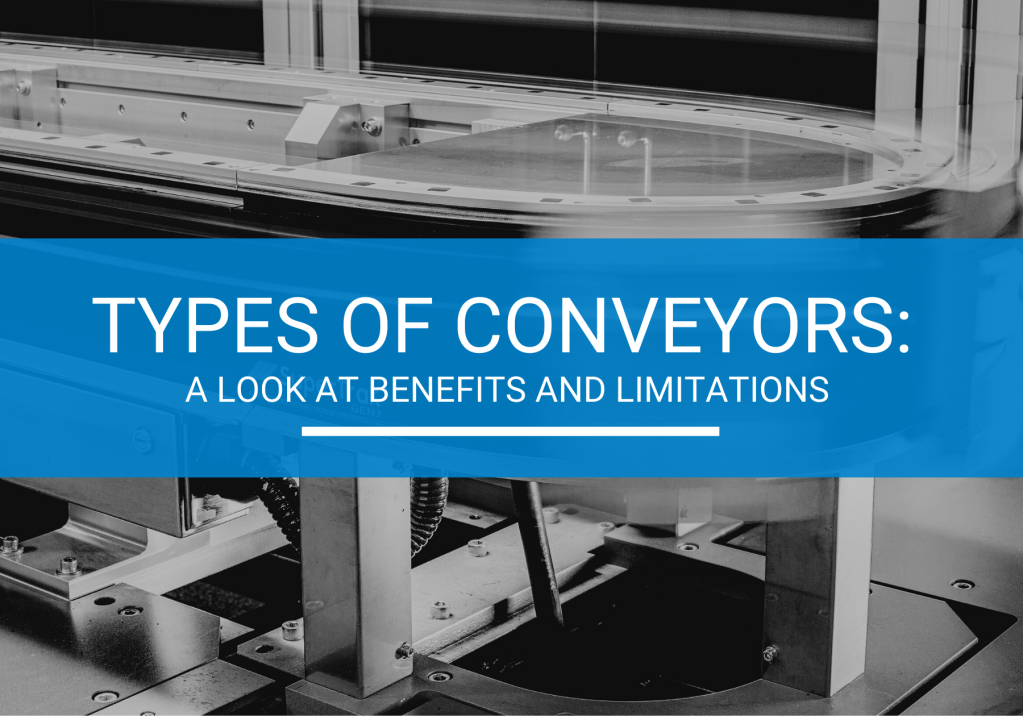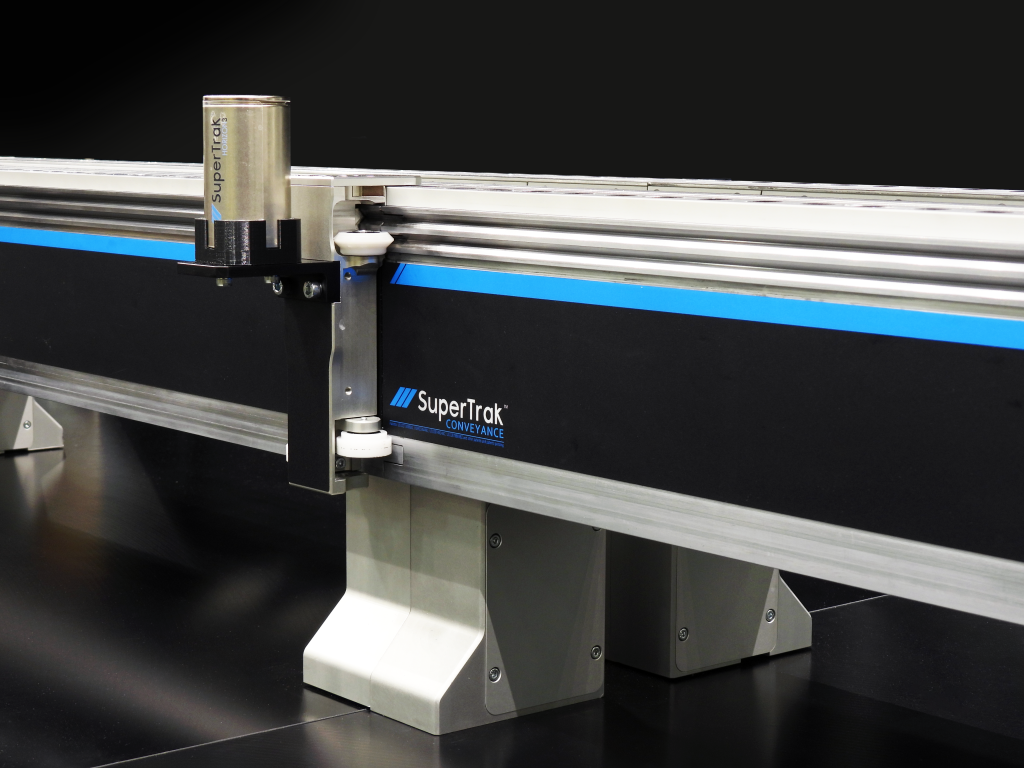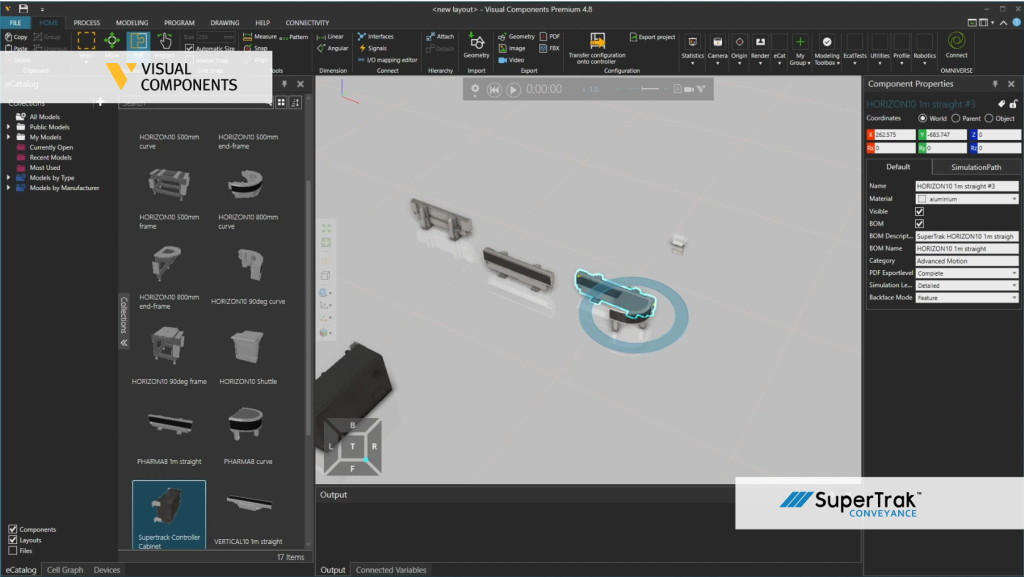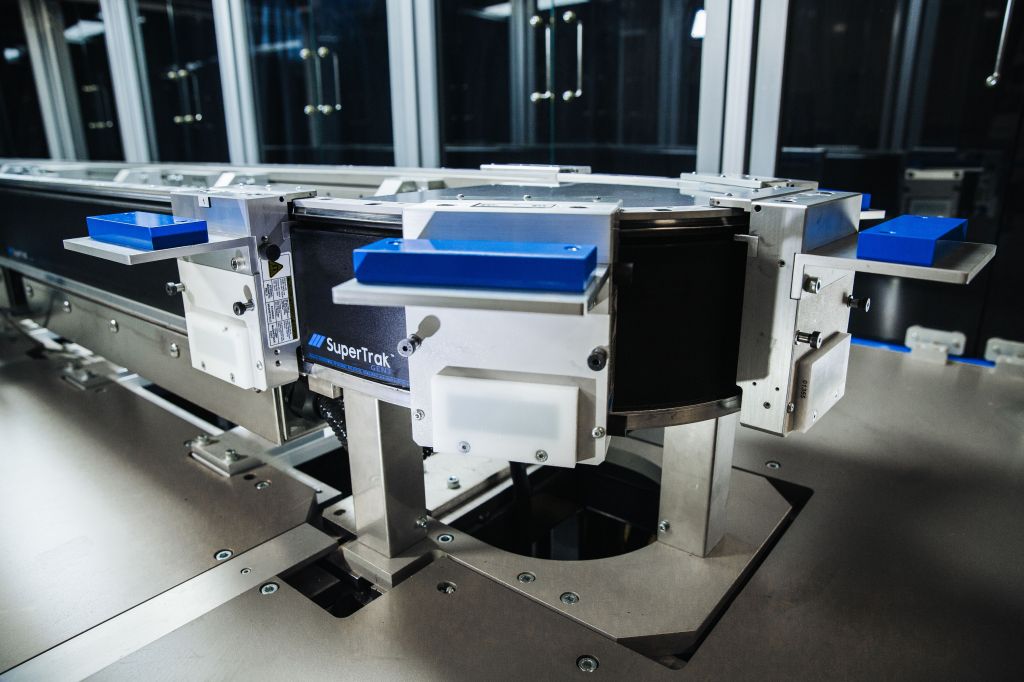When you are building out a new system, you’re likely trying to figure out what type of conveyor is going to be best for what you’re trying to do based on three major constraints – the motion you need, the footprint you have to work with, and the process requirements. All of this while trying to figure out how to optimize OEE and ROI over the lifetime of your product.
The type of motion you chose will act as the foundation for your future success. How you move your product through your process will affect your performance, the quality of your product, and the availability of your system.
So let’s examine some of the most common types of conveyors.
The Indexing Conveyor
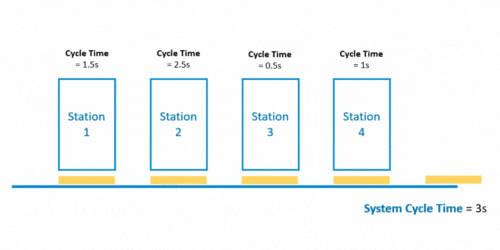
This type can be beneficial to use when:
- You need synchronous motion
- The system cycle time is ≥ to the slowest station cycle time
- If your process doesn’t require you to move your product through the system faster than your slowest station is able to go
- There is enough floor space to accommodate a constant pitch across the entire system
- You have enough floor space to play with that allows for this larger system to operate
This can be limiting when:
- A variable pitch could speed up cycle times.
- Floorspace is limited
- Cycle times vary from station to station
Power and Free Conveyor
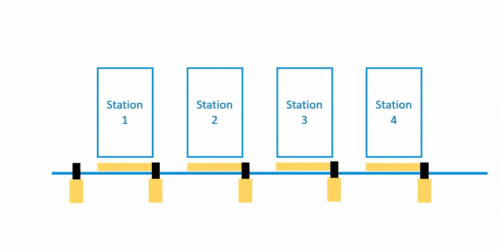
This type can be beneficial to use when:
- Variable cycle times are required.
- Shuttles (or pallets) to be stopped anywhere on the system using some form of actuation (i.e. stopper cylinder)
- Synchronous and asynchronous motion are required.
- Shuttles aren’t required to move at the same pace and faster processes can be accommodated
This can be limiting when:
- Your engineering support is limited.
- These systems can require a lot of engineering (mechanical, electrical, & controls) for the utilization of stopper cylinders and shuttle sequencing
Indexing Dials / Dial Table / Rotary Table

This type can be beneficial to use when:
- You have limited space
- The Indexing Dial is fairly compact when it comes to space. You can fit many nests on to it and place your tooling around the outer edge, taking up a smaller footprint in comparison to linear systems.
This can be limiting when:
- Your stations need to move at different speeds
- With this option, you’re limited to synchronous motion therefore production can only move as fast as your slowest process.

We’re challenging manufacturers like you to rethink how you approach movement and your system as a whole. Go beyond a simple conveyor and learn about what an entire smart conveyance platform can bring to your business.
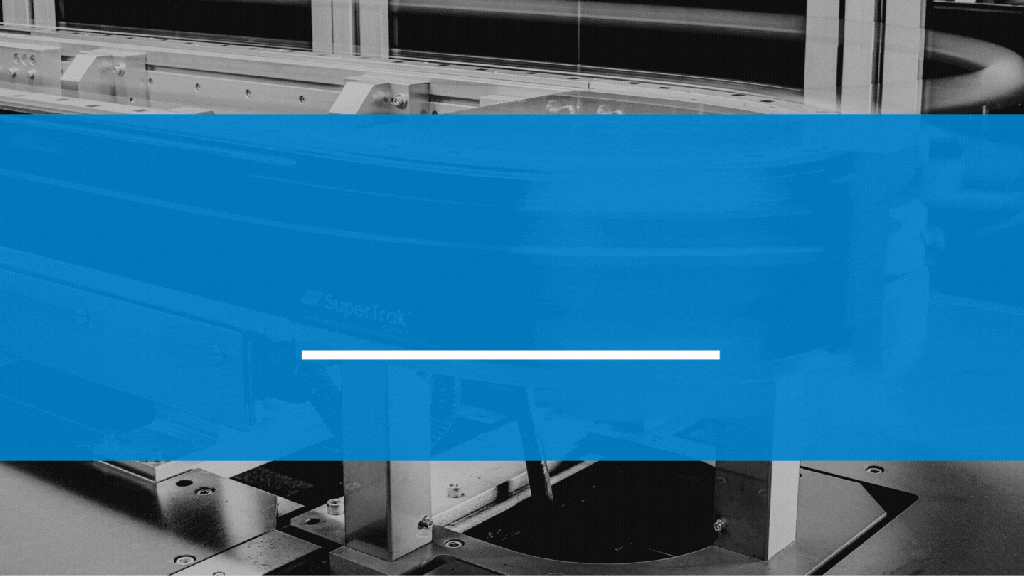
Learn more about Smart Conveyance and what it might do for you here.

